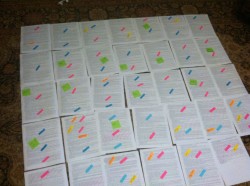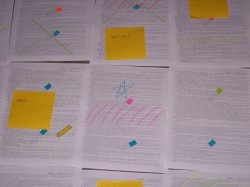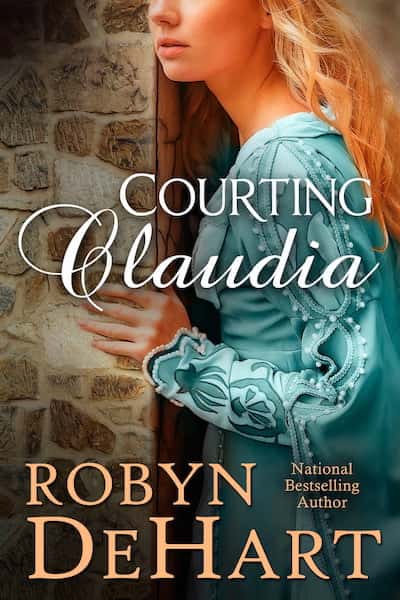By now I hope y’all have had a time to poke around the new digs. Isn’t it so pretty and fun? There are share buttons on every page if you are so inclined to share any material with your buddies. I’m so excited about my upcoming books that I just wanted a fresh, new look to celebrate.
I’ll also be making more use of this blog. As most you know I blog regularly at the Sisterhood of the Jaunty Quills as well as Peanut Butter on the Keyboard, but this, being my personal blog, will be a place I can feature some behind the scenes info, hot off the press info and a brand new feature I’m very excited about. So many of you have contacted me about my articles on the craft of writing, I’m touched that you have found them so helpful. From now on I’ll be doing a (hopefully) weekly feature on Wednesdays called Writerly Wednesdays where I’ll be posting a blog on something writer related.

This week, to launch our first Writerly Wednesday, I’m actually going to recycle an old blog, but there is a good reason for it. I blogged on this revision tool back in 2009 when I was writing Desire Me. This weekend I received revision notes from my editor and it became clear to me that this particular tool would be a perfect way to identify spots to weave in the much-needed expanded subplot. So without further ado, here is my post on on the shrunken manuscript.
(originally posted on the Jaunty Quills, Sept 16, 2009)
About a year ago I stumbled upon a blog that mentioned a revision technique I found very intriguing. It was something I wanted to try then, but wasn’t conducive to the book I was working on so I shelved the idea. But recently when it came time to do revisions for my next book I read up on the process again. It’s my understanding that the concept was developed by a children’s book author and is presented mostly to workshops for other children’s authors. And while the books I write are a tad longer than a picture book I figured the process was worth a try.
Here’s what I did:
Basically you take your manuscript and you shrink it down so that it can be laid out on the floor and all examined at once. I managed to get my 300+ pg manuscript down to 44 shrunken pages. All the text is sort of smushed together so that you can read it enough to see what scene that is, but clearly you wouldn’t want to sit down and read the whole book this way – you’d go blind!

So I sat at the table with my 44pgs of tiny text and got out my highlighters and post-it flags. First I came up with a list of things I wanted to track – like point of view scenes (whose head I’m in in any given scene), action-driven scenes, major plot points, romantic plot points and then I wanted to track where I could add a new subplot I wanted to include. I assigned each of these items either a colored flag or a highlighter and then I went through and marked the entire 44 pgs. It didn’t take more than an hour, I don’t think.
Next I placed all the pages on the floor, 4 rows of paper and I sat back and examined what I saw. Right away I could see areas where I needed to add a more action-driven scene, places where my villain had simply disappeared and long stretches between my romantic plot points. I got out my post-it notes and began tagging the areas with instructions on what to add.
I found places to add that secondary plot line. And as an added bonus, seeing the manuscript shrunk up like that really highlighted the areas where I had too much white space. I’m a dialogue-heavy writer anyways, but seeing all the white space clearly revealed scenes that could benefit from another layer of detail and texture.
Frankly the whole process was pretty darn amazing. And I think if time allows I’ll use this technique on future books as well.
So how about you? Do you have any special tools in your writer’s toolkit that you use on occasion? Do you like to color-coordinate things?










I’ve never heard of this but it is very intriguing! I will definitely be trying this out. Thank you!
Thanks, Sabrina. It’s a strange technique, to be sure. I know plenty of writers that would take one look at the picture above and head for the hills. But it is a fascinating way to get a big picture view of your whole story. Good luck trying it.